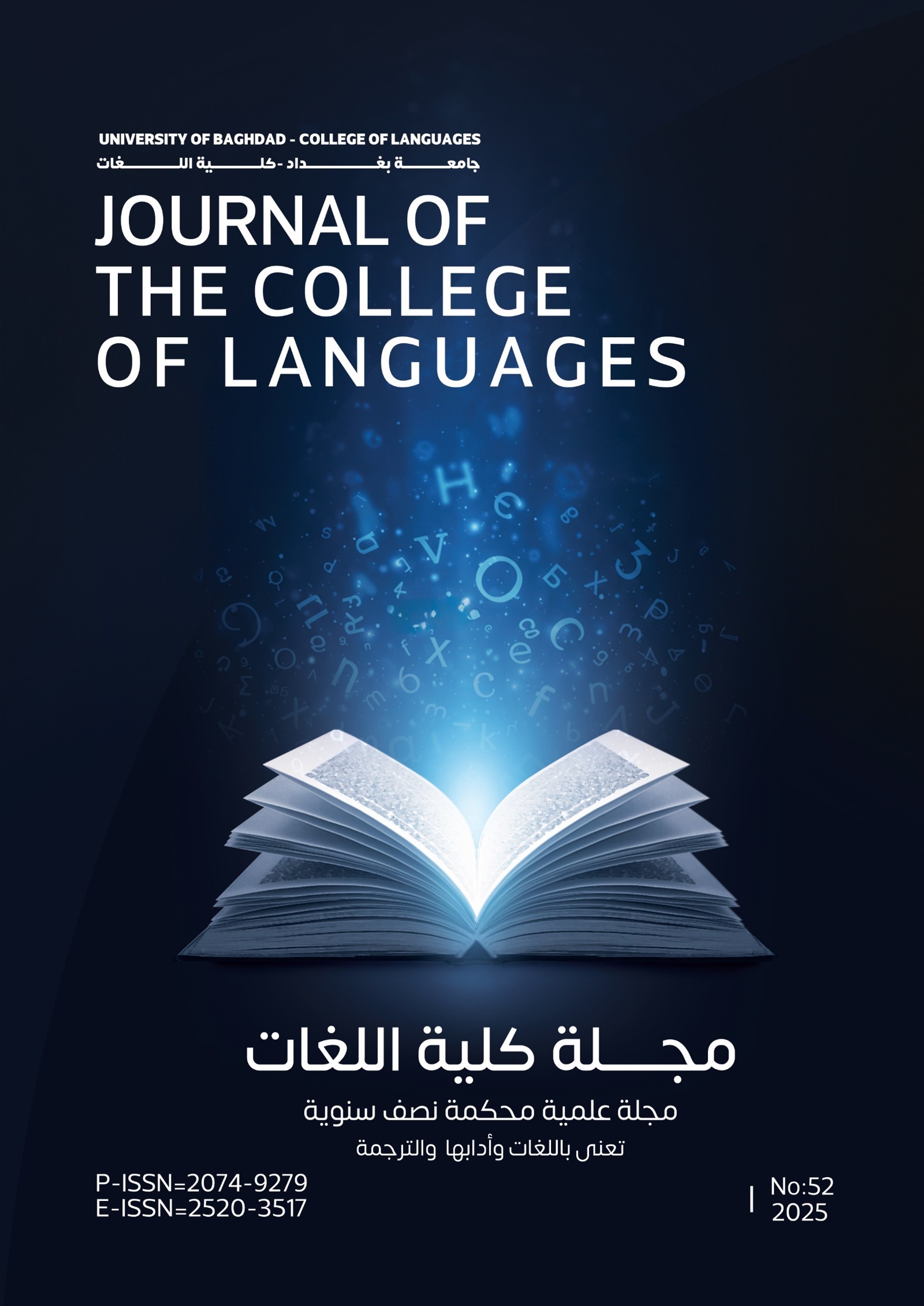Traducción de los dos verbos auxiliares ser y estar del español al árabe en la frase nominal
Abstract
Resumen:
La traducción de los dos verbos ser y estar no es una tarea tan simple como piensan muchas personas, sino es una de las complicadas y difíciles tareas, ya que el traductor tiene que saber y perfeccionar los correctos casos gramaticales relacionados con esos dos verbos auxiliares tanto el verbo ser como el verbo estar, especialmente en la frase nominal para que pueda dar una clara y correcta traducción. Usados con el mismo adjetivo, "ser" comunicará una cualidad que es parte de la identidad o naturaleza del sujeto, mientras que "estar" comunicará un estado o circunstancia del mismo. Este estado se entiende como un estado que contrasta con uno previo, sin importar la duración del mismo. La gramática tradicional española ha concedido tanto a ser a como a estar el dudoso valor de meras cópulas, elementos de unión “vacíos de significado”, por lo que el análisis de una oración como Juan es muy inteligente asigna toda la carga semántica a muy inteligente, el “verdadero núcleo nominal”, lo que determina que el predicado también sea considerado un “predicado nominal”.
Abstract:
There are many types of translation, all of which are very important in human life, between these species is a translation of grammatical forms, which is the foundation stone to a chive an ideal translation accurate, clear in meaning and unambiguous. Which many of them id the tow auxiliary verbs (Ser, Estar), which is about them is this paper, because this research aims at offering a clear and precise way made by a translation of these two verbs from Spanish to Arabic.
Some sentences in the Arabic language may be a nominal sentence that is, they consist of a Mubtada and al Khabar, in this case , there is no need to use any copulative verbs between Mubtada and al Khaba. Example: a brave soldier, while this sentence is the same as if translated into Spanish need to copulative verbs, will be one of these three acts: (Ser y Estar). But the same sentence we find it in spnisha language on this way: example: El soldado es valiente.
Translator in the event of his initiation in the translation of nominal sentences from Arabic into Spanish language must know any of the three acts must be used Is it (Ser y Estar) as if each of them its own rules. If we wanted to, for example, to translate phrase: (slow tortoise) must bear in mind the following:
That was such a fixed non-variable, or indicate the profession or indicate human origin, affiliation and nationality, in which case we should use the verb (Ser), and if such a variable which is not a recipe profession or status of affiliation to any country. Here, we use the verb (Estar).
Keywords: Ser, Estar, Translation, Difference, Grammatical








